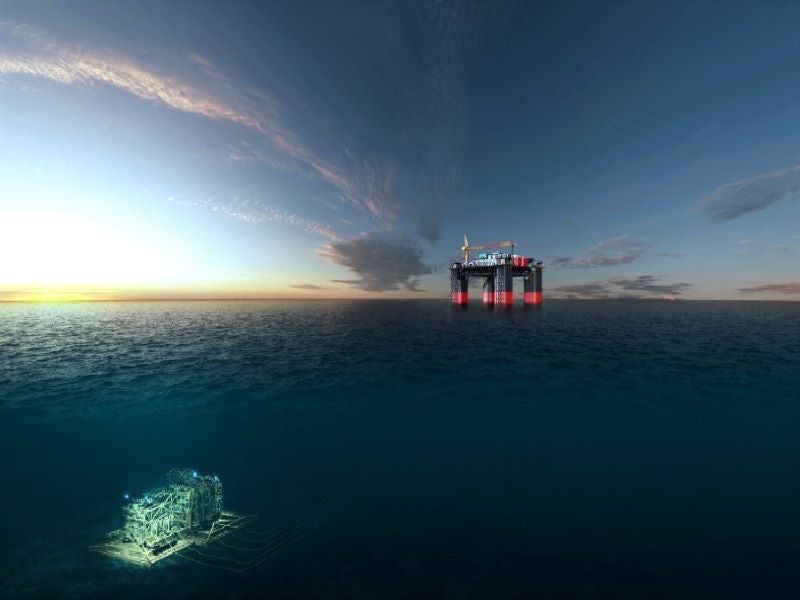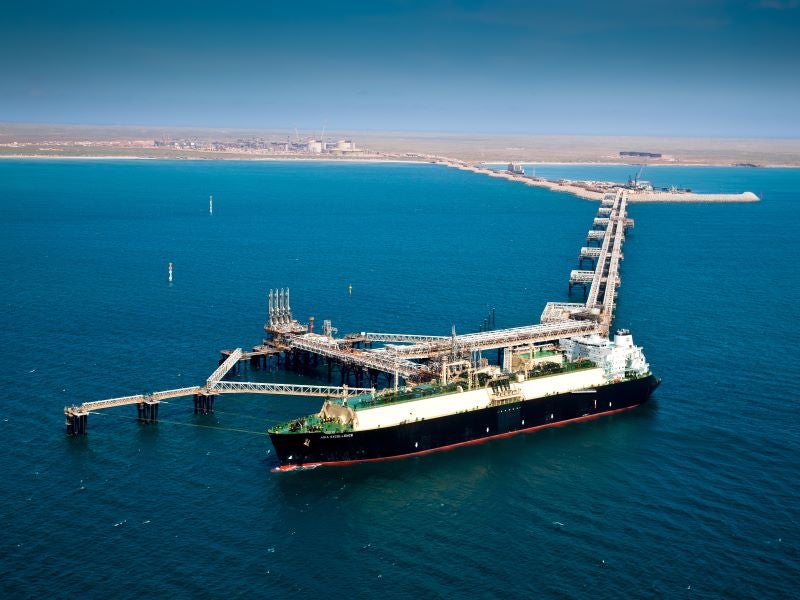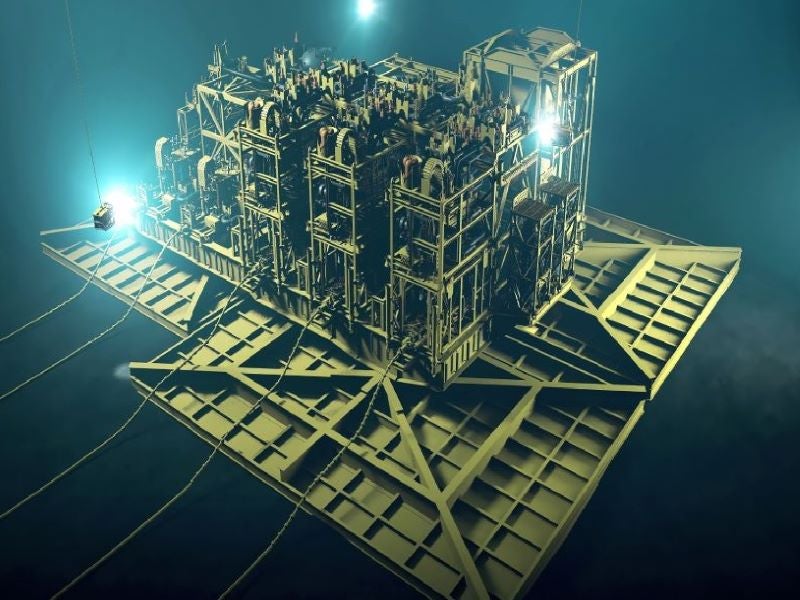The Jansz-Io compression project is a £2.9bn ($4bn) subsea compression project to improve gas recovery at the Jansz-Io field and maintain long-term gas supply to the Gorgon gas processing facilities on the Barrow Island, Australia.
The Jansz-Io field development is a part of the Gorgon project, which is operated by Chevron Australia with 47.333% interest. The other project partners are ExxonMobil (25%), Royal Dutch Shell (25%), Osaka Gas (1.25%), Tokyo Gas (1%), and JERA (0.417%).
The Gorgon project partners reached the final investment decision (FID) on the Jansz-Io compression project in July 2021.
The Jansz-Io gas field commenced operations in 2015 with its reservoir pressure expected to start declining from 2025 onwards. The subsea compression system, anticipated to start operations in 2026, will help sustain the peak production capacity of the field.
Jansz-Io field location and discovery
The Jansz-Io field is located in production licenses WA-36-L, WA-39-L and WA-40-L, approximately 200km off the north-western coast of Western Australia.
Situated in 1,350m-deep waters, the Jansz field was discovered in April 2000, while the adjacent Io field was discovered in January 2001.
Gorgon project details
The Gorgon gas project is one of the biggest natural gas developments in the world involving the development of Gorgon and Jansz-Io fields, along with a 15.6 million tonne a year (Mtpa) LNG processing facility, a domestic gas treatment plant, and a carbon dioxide sequestration facility on the Barrow Island, Australia.
The three LNG trains of the Gorgon project were brought on stream between March 2016 and March 2017, while the carbon dioxide sequestration facility began operations in August 2019.
The average daily production from the project in 2020 stood at 2.1 billion cubic feet (Bcf) of natural gas and 15,000 barrels of condensate.
As many as 11 subsea wells were drilled in Gorgon and Jansz-Io fields in 2020 as part of the Gorgon stage two project, which is expected to be completed in 2022.
Jansz-Io compression project details
The Jansz-Io compression project will comprise a normally unattended floating field control station weighing approximately 27,000t, subsea compression infrastructure weighing approximately 6,500t, and a 135km-long subsea power cable.
The floating field control station will be tied to the seabed by 12 mooring lines, while the subsea compression infrastructure will be installed on the seafloor approximately 1.36km below sea level.
The Jansz-Io subsea gas compression system will include a complete compression station equipped with three compressor modules and two subsea pump modules, along with all-electric control systems and actuators, and a high-voltage electrical power distribution system.
A 135km-long submarine cable and a 14km-long land cable will be laid to transmit power from the Barrow Island to the floating field control station, which will further supply electricity to the subsea compression system.
The compression project is also expected to serve future back-fill fields connected to the Jansz trunkline.
Contractors involved in the Jansz-Io compression project
Aker Solutions was awarded an engineering, procurement and construction (EPC) contract worth £588.7m ($815m) for an all-electric subsea gas compression system for the Jansz-Io field in July 2021. The contractual scope also includes assistance during installation and commissioning.
Aker Solutions previously executed a front-end engineering and design (FEED) for the project that was awarded in 2019. Before this project, the company had supplied the subsea gas compression system to Equinor’s Åsgard field in Norway, which became the world’s first such facility to commence operations in 2015.
MAN Energy Solutions supported Aker Solutions in the FEED study for the Jansz-Io compression project under a contract awarded in July 2019. Its scope of work covered the technology of the subsea compressors.
Worley was contracted by Chevron Australia to provide the engineering, design, and construction management services for power transmission and communication components of the Jansz-Io compression project in August 2021. It was also previously engaged in the pre-FEED and FEED phases of the project.
ABB bagged contracts worth £87.2m ($120m) to supply the overall electrical power system (EPS) for the compression project from Chevron Australia and Aker Solutions in August 2021. It will supply the majority of the electrical equipment for both topside and subsea uses.
Baker Hughes was contracted by Chevron Australia to supply a subsea compression manifold structure (SCMS), along with module and foundation, as well as a horizontal clamp connector system and subsea controls for the Jansz-Io compression project in August 2021.





